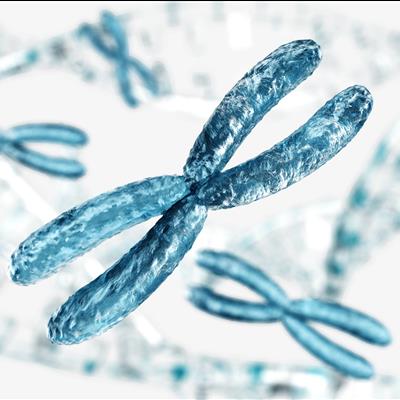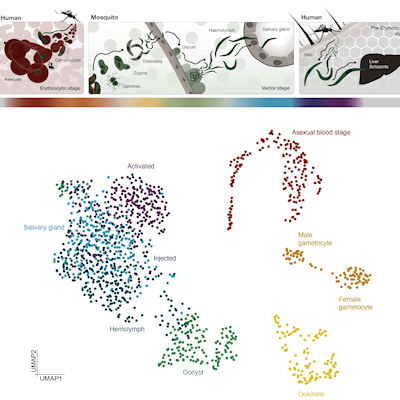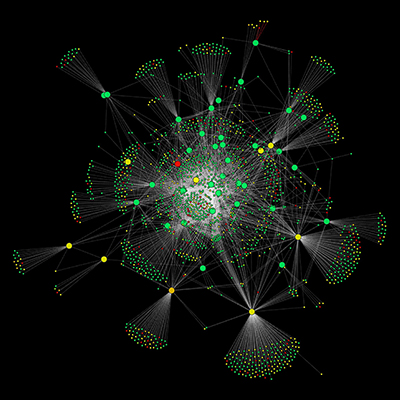December 6, 2022 -- A Dana-Farber-led team used spatial single-cell transcriptomics to visualize diffuse midline glioma cancer cell structure across different age groups and locations. Their study, published December 5 in the journal Nature Genetics, provides insights that may facilitate new treatment approaches for this rare cancer.
Children diagnosed with diffuse midline gliomas often die within a year; effective treatments do not yet exist. The gliomas' cell organization could help explain why.
The team focused on diffuse midline gliomas driven by a genetic change -- a histone3-K27M mutation -- that drives the brain's early stem cells to become cancerous. They sought age and location-dependent tumor differences by measuring genetic activity in tissue from 50 people with the histone3-K27M mutation, ranging from ages 2 to 68.
The researchers found that pediatric, brainstem, and spinal cord tumors all have more immature cells, which proliferate rapidly because of their similarity to stem cells, helping explain midline gliomas' lethality in children. They also noticed more mesenchymal-like cells in adult tumors. Although helpful for healing damaged tissues, these cells can also aid tumor growth. Given no detectable underlying genetic cause, adult tumors seem more shaped by the immune microenvironment, indicating that children with midline gliomas might need different treatments than adults.
The team also mapped where genetic activity was located to understand the tumor's structure and development. Surprisingly, the cancer stem cells formed "niches" by clumping together and surrounding themselves with cells that shield and protect the tumor. The work may assist in developing specialized therapies depending on the tumor's context.
"We now have a glimpse into how tumors visually organize themselves -- walling off from the rest of the brain to prevent an immune attack and getting closer to cells that feed them," Dana-Farber physician and co-author Dr. Mariella Filbin, PhD, said in a statement. "If we know how the cells communicate, perhaps we can block their signaling and prevent them from creating these niches."
Copyright © 2022 scienceboard.net











